Tsar of Moskova
Tsar (царь), also spelled as Tzar or Czar (Moskovar word for Cæsar) is the title held by the head of state and monarch of Moskova . Its Western equivalent would be Emperor or Cæsar. The Tsar of Moskova is the highest rank of the country's political sphere, but the name also has been used for the highest rank of autonomous regions or recently conquered realms (for example, the Tsar of Sibirsk) although their power is not superior to Moskova's Tsar's one (people with this rank is equally or lesser powerful than him) and that denomination began to be replaced with the word "Governor"
During the novel the full title of the Moskovar Tsar is:
" Tsar of All Moskova, Regent of Nodvragoda, Almighty Lord of the forest and steppes, Sovereign of the Northern Tundra where the Aurora touches the ice, Great Prince of the deserts, Ruler of the green Taiga and the blue coasts, Monarch of Bombailog and Tula, Governor of Suzdak, Sibirsk, Beijingkov and Shymkents , Land Lord of the grasslands and Carrastrama, notable resident of Ulan Shang Kov and Son and Supreme Priest of The Sun"and the type of government used is an Absolutist Monarchy, excepting some momentsof Moskova's history (for example, for example during the times Nodvragoda used to be capital). There are several "variants" or titles related to the Tsar:
- Tsarevich: is the title held by the Throne Inheritors, which usually is the first son of a Tsar, biological or not.
- Tsarevna: title used by the Tsar's wife, the Tsar's consort or the Tsar themselves in case they're a woman.
Requirements
For being crowned as Tsar, the candidate should be a male member of the ruling dynasty, traditionally the inheritor of the Eagle Throne Is the older child of the current Tsar. If the previous monarch got no male descendants known or them all died, the throne goes to the older "princess". By the pass of the years it started to be required that the future Tsar follows the "newest version" of Zvezdarska belief (not the traditional one, which is still followed by Kozzakhi before they got subdued), mostly called "Solar Cult" which main subject of cult is the Sun and contrasting to the traditional belief system, it doesn't pay too much attention to the other stars.
The age doesn't really matter, but if the person holding the title is underage then the political decisions are actually taken by a parliament of boyards and the mother of the child's who acts as Regent until the boy can began his political function.
Unlike many other countries, it is not required to be married for getting the crown, so, many tsars got a wife and descendants already being heads of state. The couple is encouraged to have children for making the inheritance of the rank easier, as the lack of a natural inheritor usually causes fights among members of the court and boyards for choosing the next holder of the rank.
Appointment
The appointment rituals had changed by the pass of time. The coronation rituals became more complex when Ulan Shang Kov became capital. The ceremony is held at the main sun temple of the capital's Kremlin and is divided in several parts.
The future Tsar or the future royal couple (if the Tsarevich got married before the crowning) and their consorts (if they have) are housed in a complex of residential palaces located in the countryside of the city from two nights before the celebration. The ceremony starts in the morning with a procession from the entrance of the city to the main sun temple of the city's Kremlin.The future monarch drives a horse and is followed by other members of the royalty like the court. Is common to invite important people from closer countries to the ceremony. The rank inheritor passes through a door which symbolizes the "initiation and entrance to the power" and "solemnity" . It is important that the weather is sunny because the door got an arch on it and the sun has to align with the arch, making the sunlight pass through it illuminating the future head of state some meters before the door. The inheritor passes through the door and gets down of the horse with some help. He is covered with a royal mant by servants while the other people get into the temple.
He (and his wife is he's already married) enters to the temple covered in the mant, walking slowly as he's seen by the people who was following him earlier and got indoors. Some musicians play traditional music as the chosen one gets closer to a platform where the throne is located. The future regent sits down in the throne after bowing (if he's already married his wife does the same). The throne is located in the front of a window which lets the sunlight enter to the place.The main pop says some solemn words and takes The Solar Crown out of its protective wooden box. He holds the crown in the air before the window making the sun rays getting reflected in the crown. This represents the blessing of the Sun. The future monarch says their coronnation pledge and then the crown is put over their head. The just crowned Tsar salutes the people that's inside the temple and then he goes outside.
The second part of the ceremony takes place after the midday in Reka Ulan and symbolizes the "union of the place and its ruler". The new Tsar gets a symbolical bath into the water of the river (no matter if them are warm or freezing, as some coronations have been done during winter).
At night, there's a fancy ball in the palace with foreign guests and members of the royalty, a banquet and a display of fireworks.
About the non royal people of the city; they get a celebration organized the following day to the solemn one. This party is done in a not urbanized area near the city and there's no foreigners invited. In this party there's food, drinking, music and dancing. The Tsar alongside some members of the court, has to sit in a small throne as witness and sometimes cheers up and gets involved. This is a very crowded event because a lot of people join it.Sometimes this celebration develops well, but other times it can get messy, wild and even savage. And by "savage" it means that it turns violent. it is said that some parties had ended with mud fighting, avalanches of crowd and even deaths. The royalty doesn't really disapprove when the celebration gets violent when there's no foreigners around, because the royal environment can get violent as well outside solemn events and there's been cases of monarchs embracing savagery in their parties.
Responsibilities
Either the Tsar themselves or the regent that's exercising their office have to do everything for the Kingdom. The Tsar controls the work of lower political ranks, creates political and commercial alliances with other nations or declare the war over them. The monarch is supposed to keep the society 's well and culture, expand and organize the land.
During the absolutist periods, all the tasks and decisions usually taken by the parliament end in the hands of the Tsar. Also, he is the supreme authority of the army and army-related organizations.
Benefits
A Tsarevich who turned into Tsar immediately get control of all the land, power, jewelry and the wealth acquired by the previous people in charge. He also moves to the Royal Palace located in Ulán Shang Kov and gains the right of living in the many residential palaces distributed in several settlements of the country.
Accoutrements & Equipment
Some dressing and jewelry pieces are related to this rank. Some of the most notable elements are the Royal coat and The Solar Crown as them are considered symbols of the monarchy. About the royal coat, it is a heavy fur coat colored of yellow, golden and brown tones with jewelry attached to it while the Solar Crown is a semispeherical golden helmet with a "golden halo" resembling the sun rays.
Another element that symbolizes the royal power is the Eagle Throne. Alongside the ivory throne, this golden seat decorated with depictions of eagles is one of the most important throne and its name is used as synonymous of the monarchy and the royalty itself. The Tsar also got a scepter and an orb, both of them crowned by a three headed eagle made of gold.
Grounds for Removal/Dismissal
Moskovar heads of state usually don't get dismissed (they usually complete their time in charge or abdicate by themselves) but there had been a few cases of monarchs getting removed because they lied about their identity, or because they got killed by someone else of their close circle (or killed them).
If a monarch gets removed of their charge and there's no inheritor, the choosing method is kinda eccentric, enough eccentric for being considered as a legend by many people: the court and the boyards gather and debate. After, they write down the surnames of all the noble and royal families in a piece of paper and the head of the court has to pick one of those surnames using a knife with his eyes covered.
History
The characteristics of the ruler rank of Moskova had changed by the time. Since the beginning of Moskova as a country with the first Republican Governor of Nodvragoda, the rank has been known by the name of Prince of Moskova, sometimes called Great Prince, making the country a Principality.
In 1358, when Ivar Grosnik became the new Prince, he changed the title's name to Tsar and supressed the boyard parliment, getting the absolute power. The following monarchs kept the name of the rank but the amount of power in their hands varied depending the kind of government they wanted, as some delegated decisions to a parliament while others tended to accumulate the power.
Cultural Significance
The role of the Tsar got a very important cultural impact, being one of most recognizable characteristics of Moskovar culture. The Tsar is respected by most people and if his reign is rough is also feared by them. During the Absolutist periods, he was the most powerful human of Moskova (when it comes to politics and militaristic power) and is considered divine as if he was the son of the Sun. He is also subject of many artistic crafts and depictions such as painting. However, neither the most powerful authority of the country can run away of twisted/dark/ political jokes.
Notable Holders
As Prince: Oleg Grosnik I
As Tsar: Ivarosovic Grosnik IV (not in a good sense) , Vladimir I Kuznetsov
Type
Nobility, Hereditary
Status
In effect
Creation
Prince: 862 Tsar:1358
Form of Address
His Majesty, His Greatness, Almighty Lord
Alternative Naming
Prince of Moskova or Great Prince of Moskova (former), Emperor of Moskova
Equates to
In western nations the most similar titles are Emperor and Caesar
Source of Authority
The Sun
Length of Term
Until death or abdication
Related Locations
Related Organizations
Related Military Formations

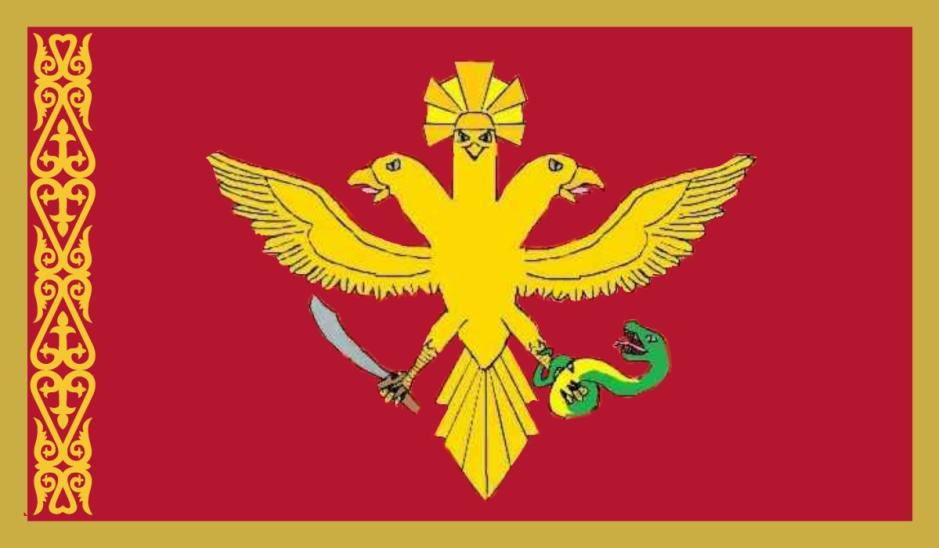

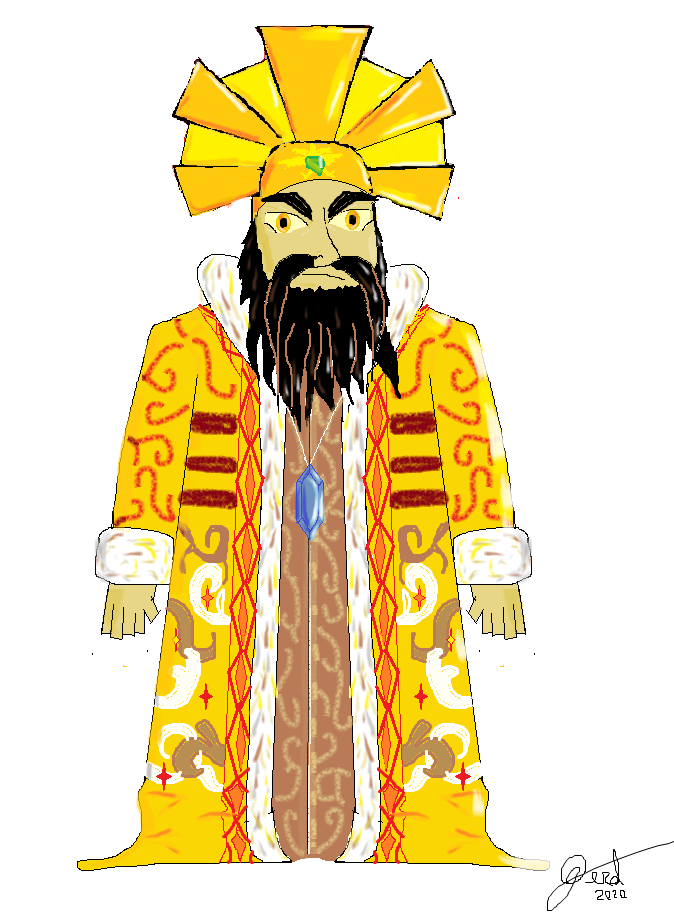



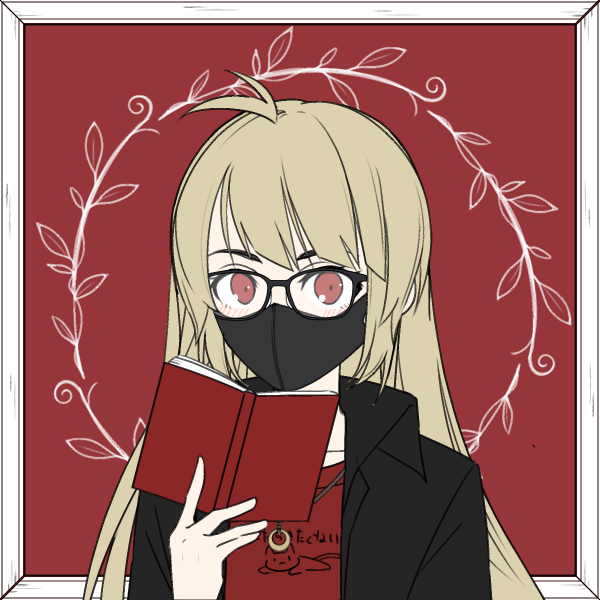
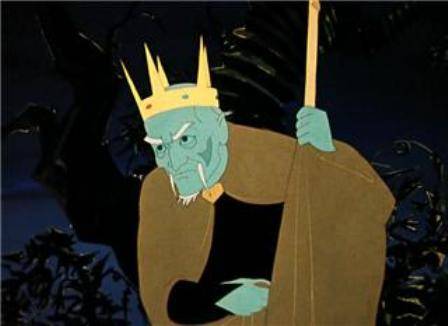
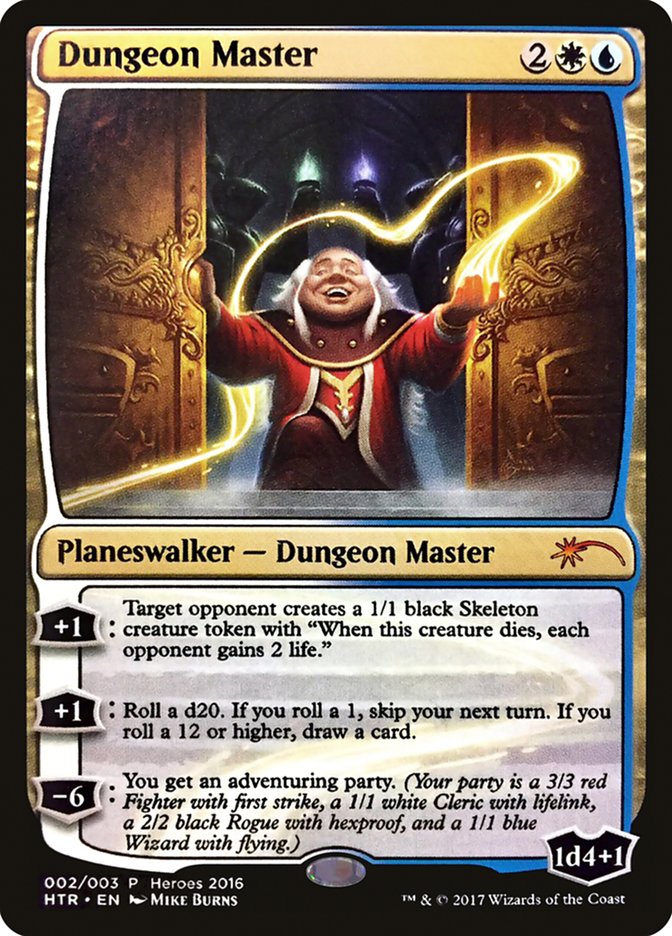
I couldn't help but smile at the 'royals embracing savagery' part. Nothing beats a frathouse party gone wrong after the coronnation of a hereditary ruler. ;)
Hehehe xD Thanks a lot for reading! I appreciate you liked it :3